Judith Barrington's Writing the Memoir
Chapter 5
We’ve gotten to the part of Judith Barrington’s Writing the Memoir where she covers the actual writing of a memoir. In addition to scenes, which we’ve covered in our fiction writing podcasts, Barrington says memoirs contain summaries and musings. In this episode, we discuss all three (with examples!) and talk about how they fit together. And if you’re still not clear about the musing, check out our writing exercise during which Renee writes about an awful Great America experience, with and without musings.
Want to hear more of our exercise workshop? We post the bonus podcast, SnarkNotes, and detailed write up of the exercises on our Words to Write by Patreon account.
The Writing Exercise
- Think of an event less than 12 years old. Write a straightforward narrative of the event in first person without musing or speculating on it.
- Read through your narrative. Try to decide what your story is really about. Come up with an opening sentence that summarizes what it’s about, such as, “When I was ten, I learned something about loyalty.” Now write the story again using the adult voice of that first sentence.
Scene, Summary, and Musing
So far, both Kim and Renee agree this is Barrington’s most useful chapter so far. Pervious chapters, list, list, list, provided scaffolding for the prescriptive advice ahead. Now, in Chapter 5, Barrington gives us the goods: what goes in a Scene, a Summary, and
For a quick primer on the definition of scene, check out how Gardner and Bickham define it in previous episodes.
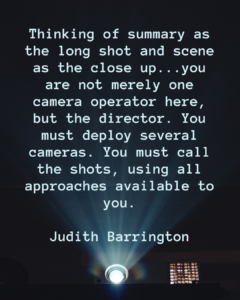
Summary (The Long Shot)
Time to flex those Fiction writing skills, Dear Writer! If you’re writing a memoir, it’s time to put them to the test. For this chapter, specifically, your Summary and Scene writing skills.
We know in fiction, Summary acts to get the reader from one place and time to another. Barrington uses cinematic terms to describe scene and summary. She says the Summary is the longshot, which has a broad view of time and space:
The summary is the long shot–the one that pulls back to a great distance, embracing first the whole house, then the neighborhood and then, becoming an aerial shot. it takes in the whole city and maybe the surrounding mountains too.
This doesn’t mean the prose should be paragraphs of sweeping generalities about time and place. Summaries need to include details and movement to make them dynamic and entertaining for the reader. Barrington uses an example from Esmerelda Santiago‘s When I Was Puerto Rican to illustrate Summary. Note how Santiago isn’t writing about a particular day. It is not my first day of school. It’s when I was in school.
In school I volunteered to wipe down the blackboard, to sharpen pencils, to help distribute lined paper in which we could write our tortured alphabets…I loved the neat rows of lined desks lined up one after another, the pockmarked tops shiny in spots where the surface hadn’t blistered, the thrill when I raised my desktop to find a large box underneath in which I kept my primer…
Note the details: “sharpen pencil” and “lined paper.” The desks were in “neat rows” and the top of the desk had “pockmarked tops.” These sentences paint a classroom we’ve all seen but in the engaging style of someone who loves going to school.
Scene (The Close Up)
No writing craft book would be complete without a definition and example of Scene and Writing the Memoir is no different. (Want to compare how other authors tackle scene? Check out our show notes comparing Gardner and Bickham’s definitions here).
If Summary is the “long shot,” then of course Scene must be “the close up:”
The camera zooming through the kitchen window, picking out two figures talking at the table and going real close to the face of one speaker then the other while the audience hears each one speak.
On the podcast, Kim and Renee debate as to whether or not a scene had to have dialogue. Although they didn’t quite come to a consensus on this, Barrington tells us to only use minimal tags when writing dialogue, such as ‘he said,’ ‘she said,’ ‘they said (which is the same advice Stephan King gives in his book, On Writing).
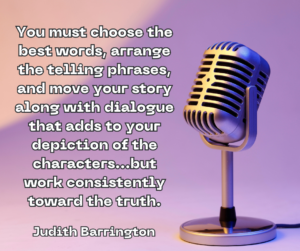
Since dialogue is tricky in memoir (who remembers exactly what was said in a conversation that took place two hours ago let alone two decades ago?), the trick is to capture the spirit of the conversation.
Here’s a scene from Tobias Wolff’s memoir, This Boy’s Life, in which young Tobias has a conversation with his mother about keeping a firearm:
I carried the rifle to the living room and waited for my mother to come back.
“That things stays,” she said when she saw it.
“It’s mine,” I said.
“Don’t make a scene,” she told me. “I’ve had enough of those things. I’m sick of them. Now put it back.”
“It’s mine,” I repeated. “He gave it to me.”
“No. I’m sick of guns.”
“Mom, it’s mine.”
She looked out the window. “No. We don’t have room for it.
This was a mistake. She had put the argument in practical terms and now it would be impossible for her to argue from principle again. “Look,” I said. “There’s room. See, I can break it down.”
In this scene, Wolff captures the standoff between a boy, who wants to keep his property, and a mother, who wants to protect her son from harm through dialogue. At the center, a gun, which by itself reflects the potential for both adventure and violence. Note how the boy and mother say “no” differently. The boy repeats his argument logically: “It’s mine,” while the mother states her objections emotionally: “I’ve had enough” and “I’m sick of them.” The boy wins the moment the mother uses an argument that can be fact checked: how much room is in the car.
Musing (The Voice Over)
Although Scene and Summary are fiction’s bread and butter, Memoir has a magical element all its own; what Barrington calls Musing, or “the retrospective voice.” Extending the cinematic metaphor, Musing is a bit like a film’s Voice Over, when the events of the story pause and a voice, usually an older version of the protagonist, breaks the fourth wall. Barrington states:
Musing element appears in two forms. Sometimes it takes place right there on the page, visibly separated from the experience it’s reflecting on. At other times…she has done her musing out of sight. What is always recognizable, though, is the presence of the retrospective voice.
In other words, Musing is the packaged wisdom of the author’s life delivered directly to the reader. Sometimes the author provides their thought process. Sometimes the reflection is revealed without debate.
Barrington provides this example from Frank Conroy‘s Stop Time, in which Conroy provides his perspective now both as an adult and (his perception of himself) as a kid.
Today, nothing happens in a gas station. I’m eager to leave, to get to where I’m going, and the station, like some huge paper cutout, or a Hollywood set, is simply a facade. But at thirteen, sitting with my back against the wall, it was a marvelous place to be. The delicious smell of gasoline, the cars coming and going, the free air hose, the half hearted buzzing in the background–these things hung musically in the air, filling me with a sense of wellbeing. In ten minutes, my psyche would be topped up like the tanks of automobiles.
In Conroy’s Musing, he contrasts his current self and his past self’s feelings towards a gas station. The adult uses the place functionally, through his present self’s eyes. He then invokes his thirteen year old’s self and describes his feelings towards the gas station. What we get a sense of the kind of person Conroy is: Sentimental. Conroy is a person who holds his past and present simultaneously, occupying multiple selves while he goes through life.
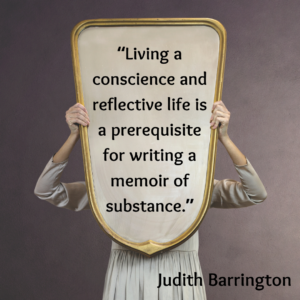
In other words, Musing is the packaged wisdom of the author’s life delivered directly to the reader. Sometimes the author provides their thought process. Sometimes the reflection is revealed without debate.
Barrington provides this example from Frank Conroy‘s Stop Time, in which Conroy provides his perspective now both as an adult and (his perception of himself) as a kid.
Work on the Stuff you Aren't Good At
“Thinking of summary as the long shot and scene as the close up…you are not merely one camera operator here, but that you are the director. You must deploy several cameras. You must call the shots, using all approaches available to you.”
By the end of this informative chapter, Barrington gives us one last bit of advice we’d not heard before from the five other books we’ve read so far. Since Summary, Scene, and Musing are all so critical for a successful memoir, chances are you’re lacking skill in one of them (of course, unless you’re perfect, just ignore the next bit). Whichever you’re least confident, work the most on that one.
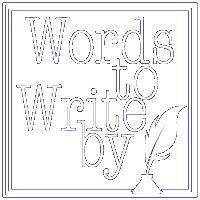
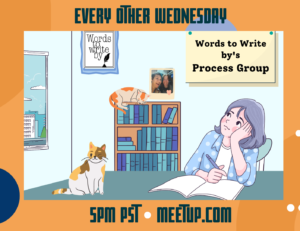
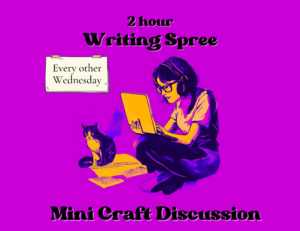
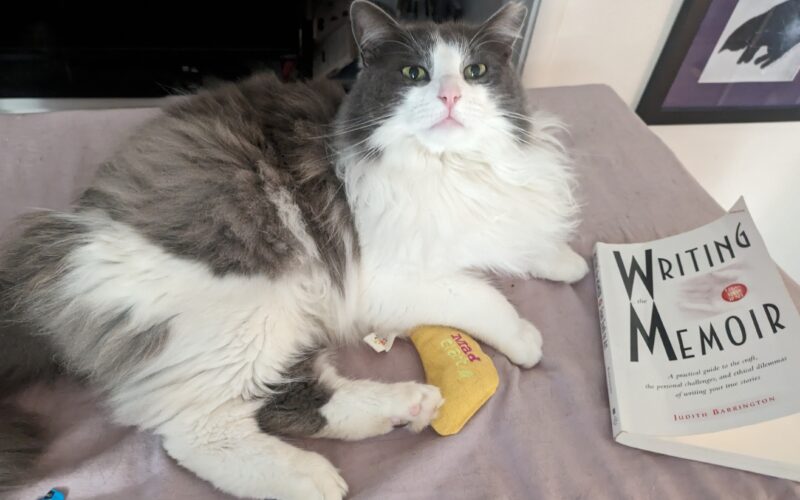
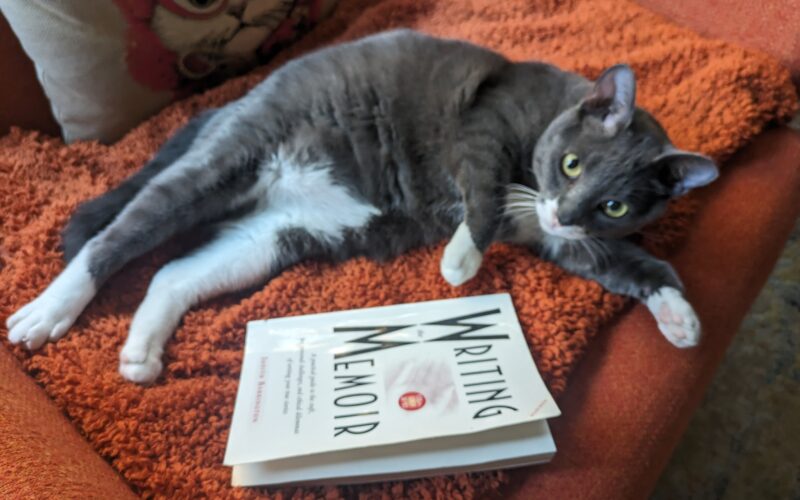
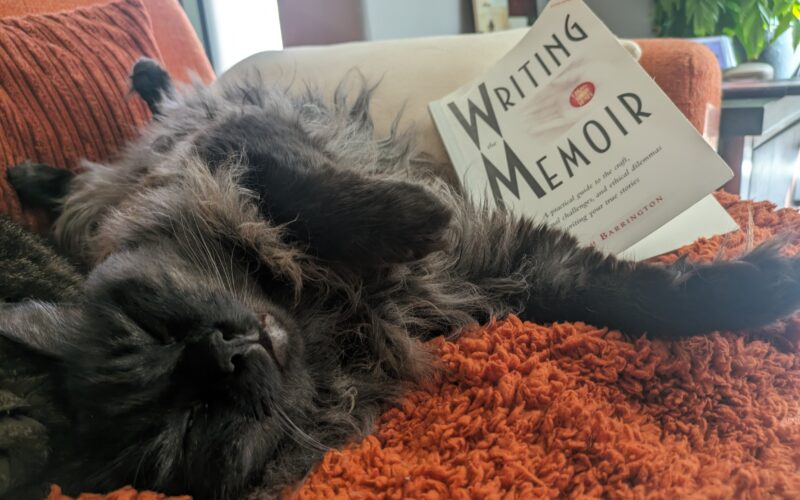
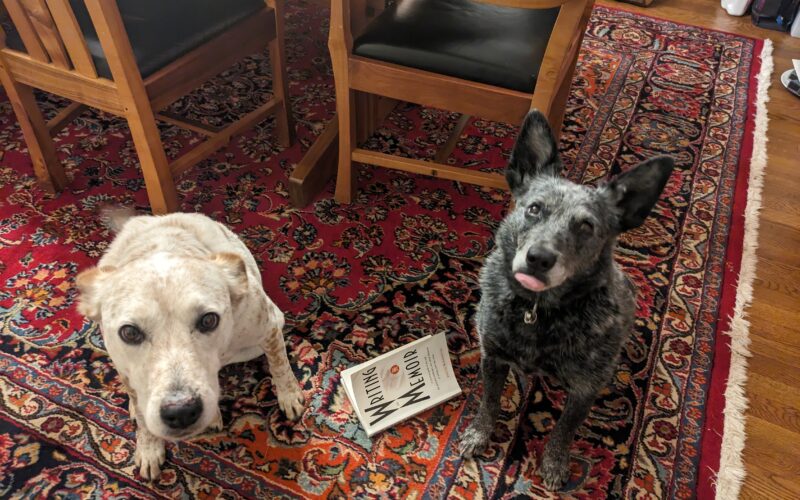
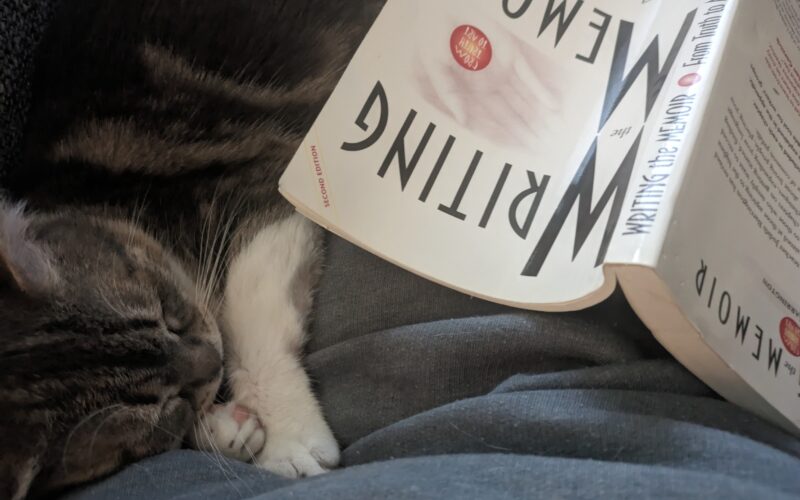
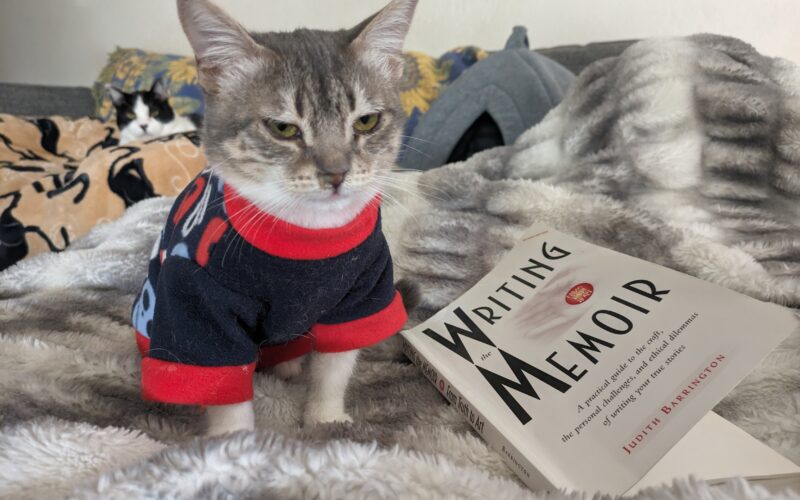
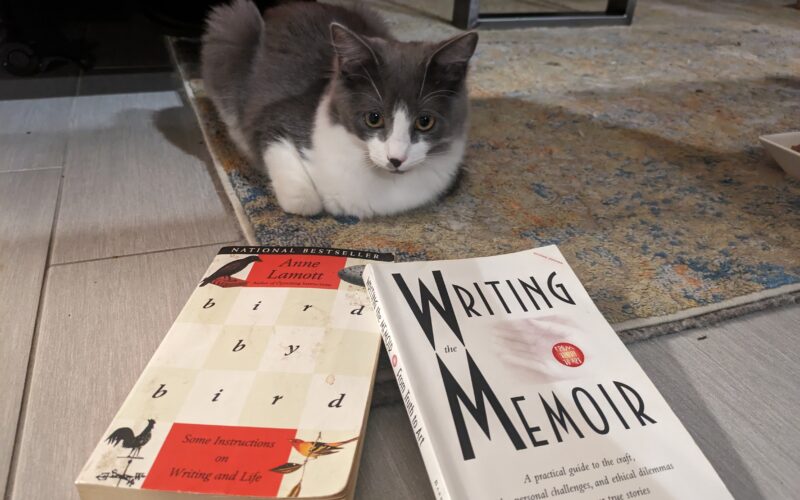
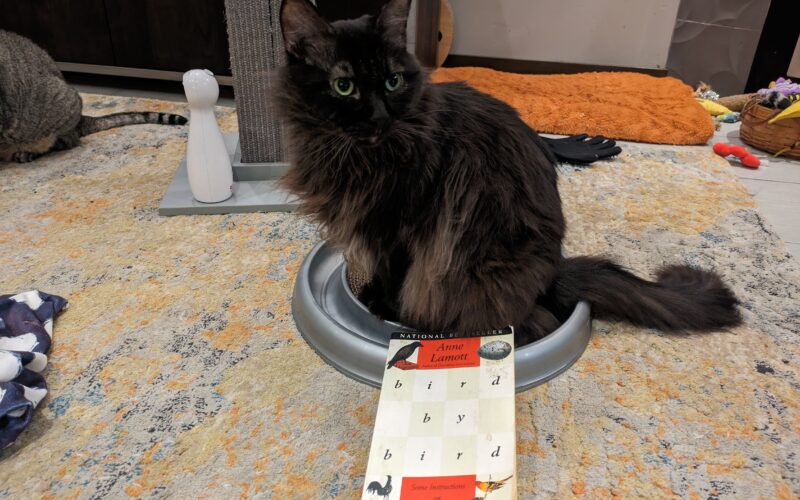
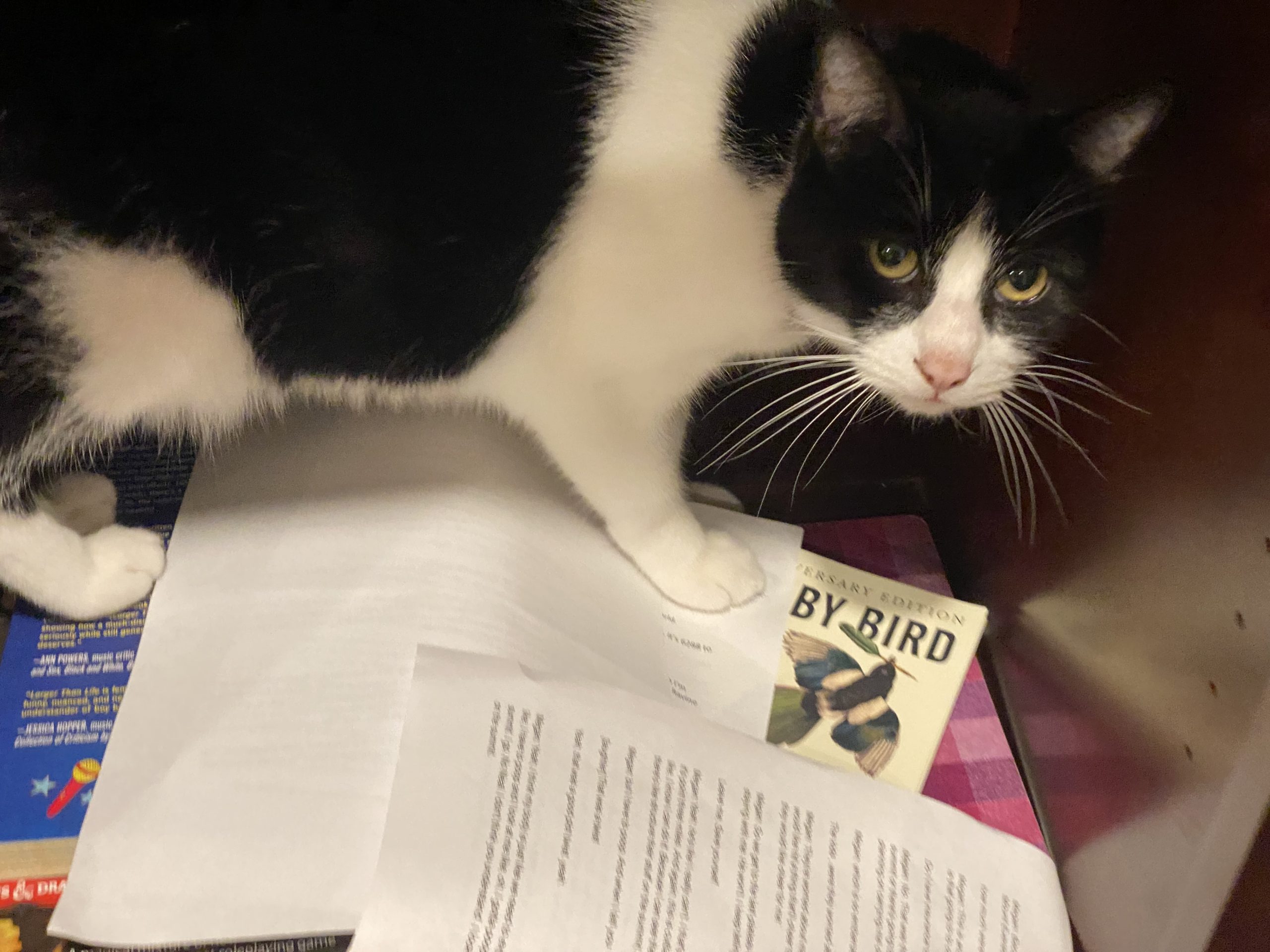
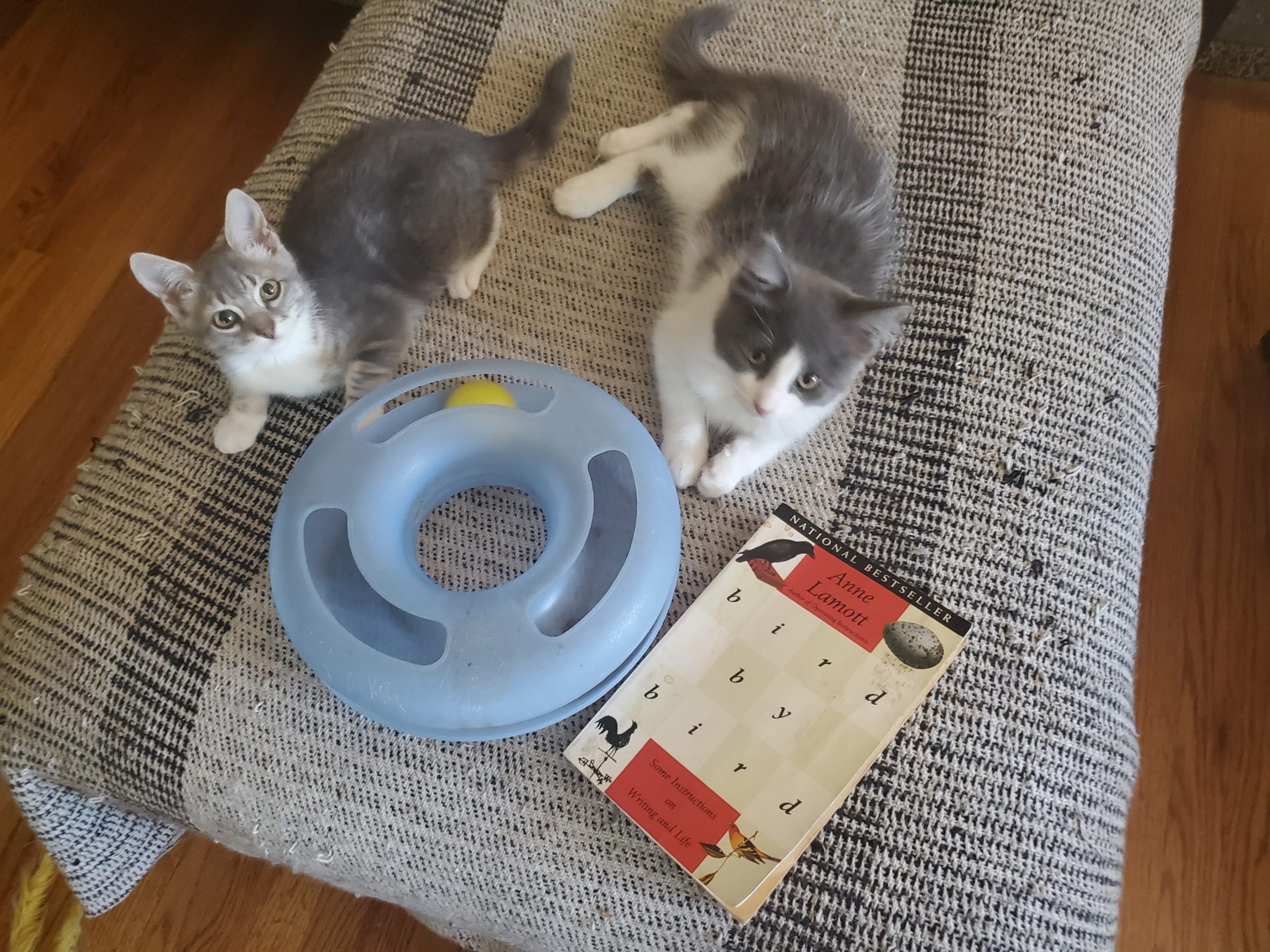
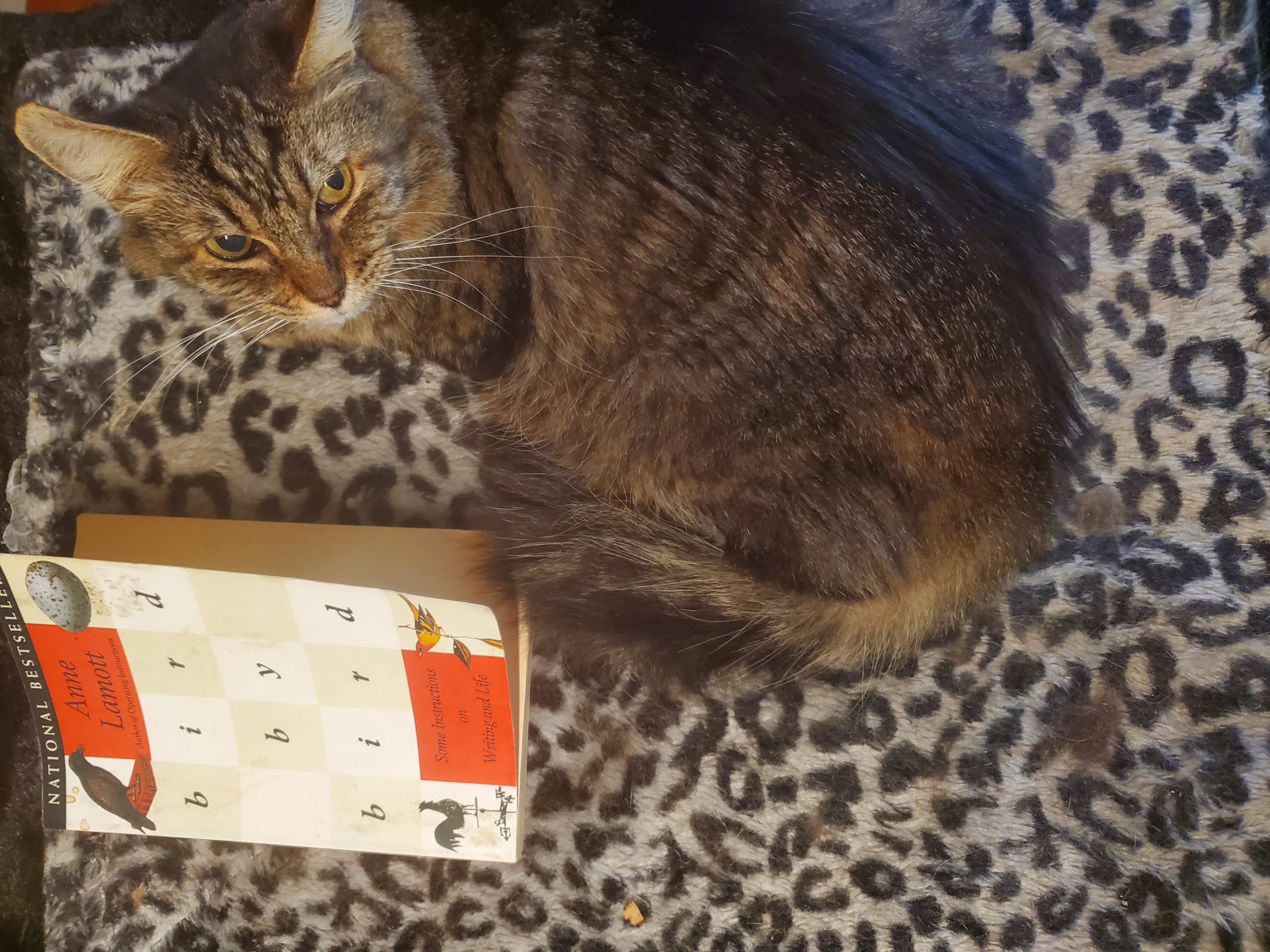
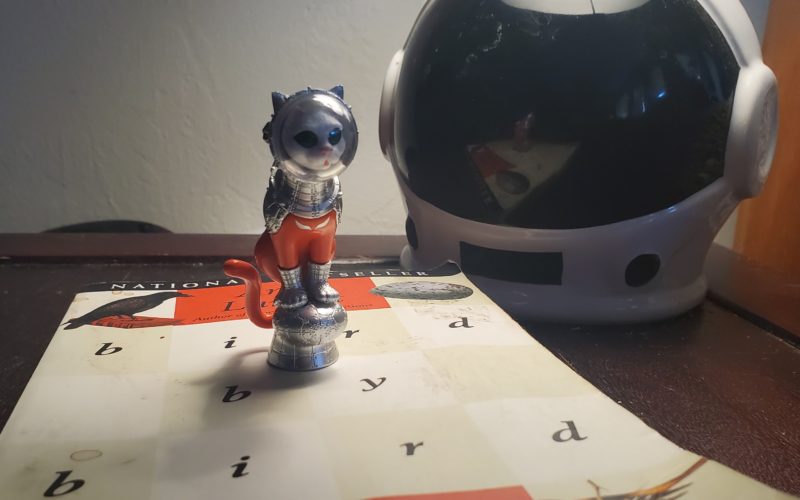
The Secret to Getting Your Short Stories Publish
Okay, maybe that's a bit of hyperbole, but not by much. In this stand alone episode we talk with Erik Klass, the entrepreneurial editor behind the submission service Submitit...